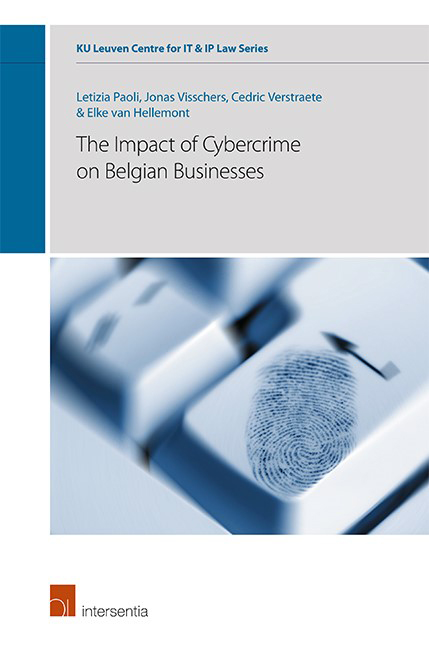Book contents
- Frontmatter
- Foreword
- Acknowledgements
- Contents
- List of Tables
- List of Figures
- Introduction
- Chapter 1 Literature Review
- Chapter 2 Conceptualization of the Key Concepts
- Chapter 3 Research Design
- Chapter 4 The Results of the First Wave
- Chapter 5 The Results of the Second Wave
- Chapter 6 Comparison of the Two Waves
- Chapter 7 Conclusions, Research and Policy Implications
- References
- Appendix
Introduction
Published online by Cambridge University Press: 31 January 2019
- Frontmatter
- Foreword
- Acknowledgements
- Contents
- List of Tables
- List of Figures
- Introduction
- Chapter 1 Literature Review
- Chapter 2 Conceptualization of the Key Concepts
- Chapter 3 Research Design
- Chapter 4 The Results of the First Wave
- Chapter 5 The Results of the Second Wave
- Chapter 6 Comparison of the Two Waves
- Chapter 7 Conclusions, Research and Policy Implications
- References
- Appendix
Summary
Nowadays, governments and businesses all over the world consider cybersecurity a top priority and are spending billions of dollars or euros to protect themselves and the public from cybercrime (e.g., Volz, & Hosenball, 2016, February 10). Since the 2007 cyberattacks against Estonia, news of other devastating cybercrimes have been published at an ever increasing pace, alerting even the average media consumer that cybercrime can cause serious harm (e.g., Granville, 2015, February 5). In particular, the attacks on the Japanese conglomerate Sony in 2012, the German Parliament in 2015 (e.g., Boie, 2015, November 4), Bangladesh National Bank (Corkery, 2016, April 30) and the US Democratic National Committee in 2016 (Lipton, Sanger & Shane, 2016, December 13) as well as the repeated attacks on Ukraine's infrastructures and ministries (Zinets, 2017, February 15) have vividly demonstrated that cybercriminals can gravely compromise the communication, reputation, activities, and even the sheer functional integrity of virtually all businesses, NGOs, and public sector entities in both the developed and developing world. In May 2017, an audacious cyberattack crippled more than 200,000 computers in more than 150 countries, using a new strain of ransomware, known as WannaCry. Among the companies and government agencies affected were FedEx, Britain's National Health Service and the Russian Interior Ministry (e.g., Goldman, 2017, May 12). In addition to the “new” “computer-integrity” (Wall, 2007) crimes, many, if not most, serious offences nowadays entail an e-component in either planning, execution or money transfer, leading some commentators to ask if the sustained fall of crime in western countries does not, in reality, mask a shift from the offline to the online world (e.g., Reiner, 2016).
Over the past few years, in Belgium too, the phenomenon of cybercrime has received growing media attention and provoked concern (e.g., Wauters, 2017, August 23). To allay these fears and protect its citizens, businesses, and other entities, in 2014 the Belgian government set up the Centre for Cybersecurity Belgium (www.ccb.belgium.be/en), which became operational in 2015, and has classified cybercrime as a top priority in its long-term security plan – the Kadernota Integrale Veiligheid 2016–2019 (Federale Regering, 2016).
Despite these steps, little empirical data is available to investigate the experiences of Belgium-based businesses with cybercrime, or the impact that cybercrime has had on these businesses (e.g., PwC Belgium, 2016 and 2017).
- Type
- Chapter
- Information
- The Impact of Cybercrime on Belgian Businesses , pp. 1 - 4Publisher: IntersentiaPrint publication year: 2018



